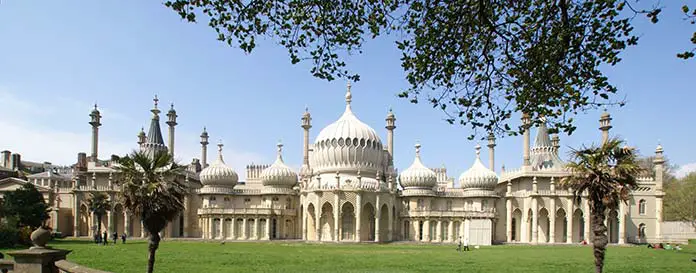Orientalism can be defined as Western society’s view of East. It is a movement born from Western researchers studying East in every sense. This movement has been effective in the creation of many works in art, literature and architecture.
While Orientalism was a science created by the West to comprehend the East before the 20th century, a different perspective came to Orientalism in the 20th century with the book Orientalism (1978) written by Edward W. Said.
Orientalism has showed its effects on many branches of art such as literature, music, painting, dance, film. European artists had reflected the features of the East onto their works. When we look at the surroundings in the pictures, we see that it holds Eastern features. It holds Eastern architecture features like exotic environment, hand-woven carpets, dense engraving, colored glass. According to the Western artists, women of the Eastern society are lazy, and always tend to lie down. It is possible to see women always laying down on the works of American orientalist Frederick Arthur Bridgman. Besides that, as mentioned, we see exotic environments when we look at the surroundings. It is possible to see many elements of Eastern society such as carpets, rugs, densely engraved colons and ceilings. In the works of Juan Jiménez Martín, we see women laying down and smoking hookah.
French orientalist Henriette Browne has engraved “harem” culture onto her work. We see a couple of women dolled-up. In the work of Jean Auguste Dominique Ingres, named “The Turkish Bath”, we see the bath culture of the East. There are many works about “Slave Trades”. We see that in his composition Rondo Alla Turca (Turkish March), Mozart was affected by the Eastern style. In the film, Indiana Jones, we see environment was affected by the Eastern civilizations. Like these, we can see the effects of orientalism in many Western works.
Orientalism in Architecture
It is possible to say that East had started to take effect on architecture in 18th century. We can see that with orientalism, Western societies had studied Eastern architecture, just like they studied everything about Eastern societies, and they have been affected by the Eastern architecture. In Eastern architecture, it is possible to see the imaginary and exotic world that Western artists talk about. Because Eastern societies, according to Western societies, are sybarite, and like leisure and tranquil, these features have reflected on their architecture.
A more traditional atmosphere is present. Domes, baths, colored glasses, yards, arches; dense engraving on the walls, floor, ceiling, elaborate garden decoration; fountains, pools, we can name many enriched and exaggerated decorations. Tiles and marbles are used a lot on exterior. As for interior design, we can see divans, floor tables, many pillows (generally pillows made from pongee), and many hand-woven carpets. With orientalism, we can see the effects of the Eastern architecture in the West. Royal Pavilion in England is an example.

Royal Pavilion is a structure made in the early 19th century with an orientalist style. We can see that the residence has many domes and minarets like those in the Eastern architecture. Though it is in England, the sumptuous and dense exterior makes us think that this a structure in an Eastern society. The engravings are dense. It can be said that it is created with the blend of Indian and Chinese visualities.
Another example is the old cigarette factory in Germany, named Yenidze.

The cigarette factory, made in the early 20th century, is made of domes and minarets, as seen above in the picture. With its 20-meters high dome, it is also called “tobacco mosque”. As the structures in the East, it has many windows.
Hereby, the effects of orientalism in architecture, just like in many branches of art, can not be denied. Although orientalism, which is mentioned as a science created by the West to understand the East, has become a term used to otherize the East in time, we see its reflection in both the works and structures of the West with many examples.

















